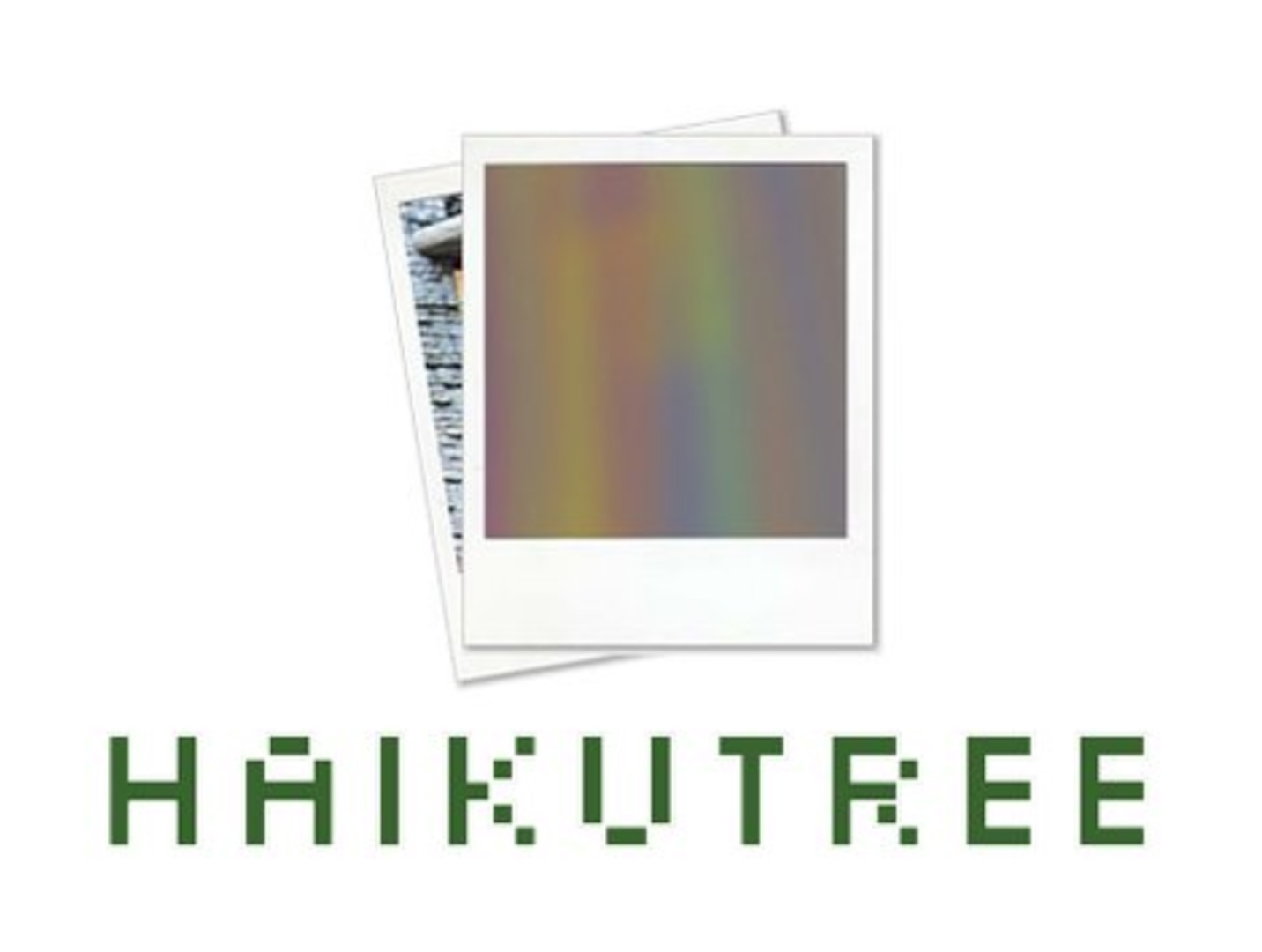Doug Goodwin: HaikuTree
Artist(s):
Title:
- HaikuTree
Exhibition:
Creation Year:
- 2001
Medium:
- Web site
Category:
Keywords:
Artist Statement:
Poetry is a subjective medium – it is designed to create contexts for emotions and epiphanies. It is impossible to teach a computer to appreciate poetry for its own sake. However, computers may analyze patterns of poetry that have been identified by people as good. Given feedback and analysis, computers may teach themselves to generate better poetry.
HaikuTree.org is a system designed to help computers write better poetry. The system employs a poetry generator, ranking, a weathering algorithm, and a community of people to reveal the most popular poems. HaikuTree.org then analyzes the structure behind the poems and modifies its generative methods to write poems similar to those promoted by the community.
The idea of a Haiku Tree is taken from a real tree I saw at Reed College in the late 70s. Somebody had calligraphed several little poems about trees, rain, and wind, and tied them to a tree north of the library. These lovely poems were melting away in Portland’s fall drizzle. The paper was handmade, a coarse collection of cotton fibers. They were knotted with ribbon and could not be removed without destroying them. These poems could only be read in this brief context and they provided a clear representation of the transience of all things. These poems were small masterpieces of immaterialism.
I learned later that these poems were known as WeatherGrams, and that they had probably been created by Lloyd Reynolds. Lloyd is known as the father of American calligraphy. He taught several famous font designers and Beat poets in his tenure at Reed. The inspiration of his work has stayed with me all these years.
The primary interface for HaikuTree.org may be found at the Web site (HaikuTree.org). I have been experimenting with other interfaces including email, screensavers, and voice menu systems. Interaction will be the same in each medium. There are three main activities: generate, judge, and top ten. To generate, the computer creates a new poem based on patterns that have evolved over the life of the system. The user is then asked if s/he likes this poem and would like to place it on the (virtual) tree. If not, a new poem is presented until the user finds one that s/he prefers. In the judging activity, a poem is randomly selected from existing poems and the user is asked if it should be promoted or demoted.
Each poem on the tree is given a starting life of 50 days. The poem’s life is shortened by one day, every day (weathering). Poems are also subject to judgment by the community. Judgment is the sum of all promotions and demotions performed by the community. Promotion increments the life of a poem by one rank; demotion decrements the life by one rank. Poems are removed from the system when life reaches zero, and rank is determined by comparing the poem’s life to its age. The “top ten” is the collection of the highest ranked poems, those whose life most exceeds the statistical mean.
Affiliation Where Artwork Was Created:
- Cairn Design
Other Information:
Dedicated to Lloyd Reynolds.





